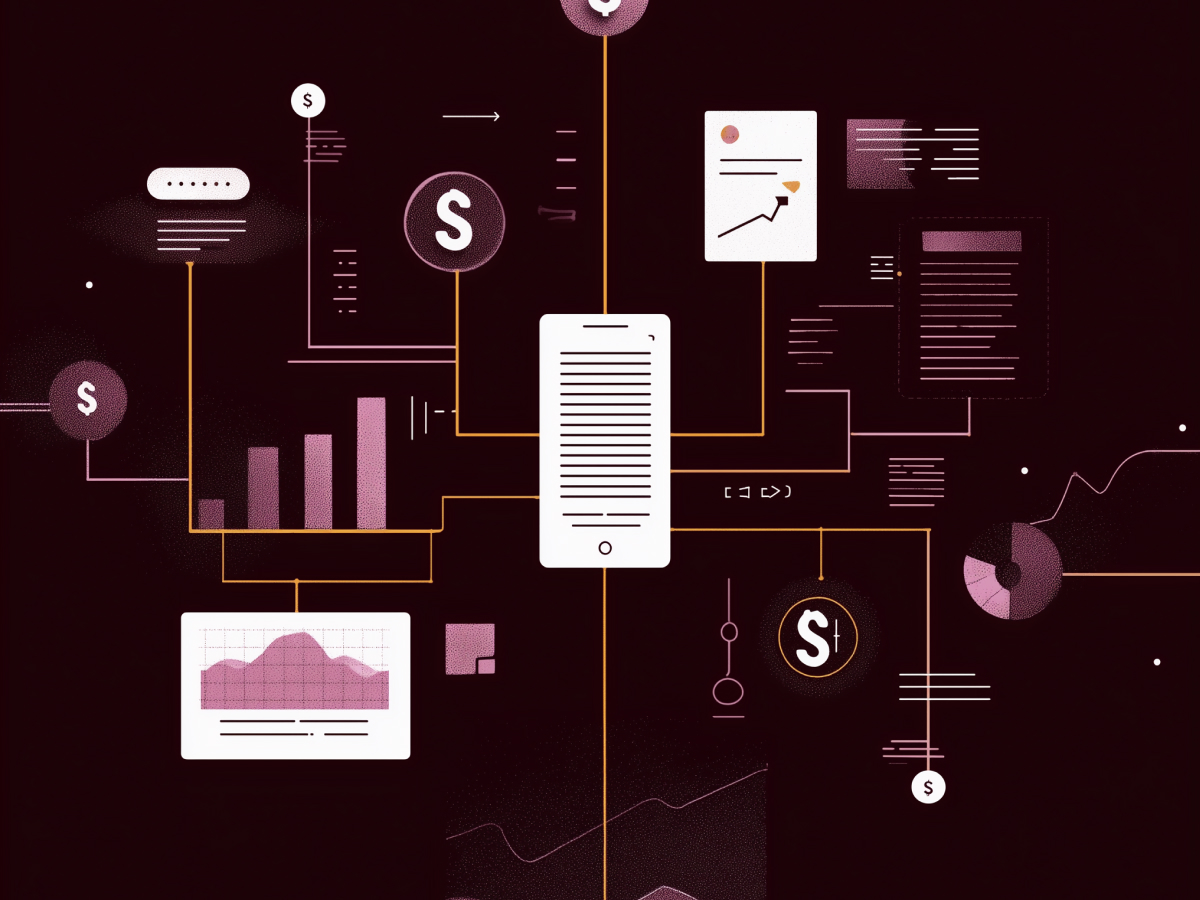Cities worldwide are undergoing changes that align with the digital changes seen in businesses. New changes involve upgrading urban infrastructure, preserving cultural heritage, and strategically rebranding.
Cities are adopting advanced technologies to improve public services, such as transportation and energy systems, while also digitizing historical archives to preserve their identities. A blend of the old with the new creates a multifaceted brand image.
How cities are reinventing themselves with tech
The digital transformation of cities closely mirrors business strategies where companies undergo rebranding to stay competitive. Just as businesses update their offerings and improve customer experiences, cities are integrating smart technologies and launching digital platforms to engage residents and visitors.
Urban transformations provide valuable lessons for marketers in modernization and storytelling. Cities are crafting new narratives that blend technological advancements with historical continuity, appealing to a broad audience.
Marketers can emulate these strategies by highlighting both innovation and tradition in their branding efforts. Modernization doesn’t mean abandoning the past; it means integrating historical elements into a forward-looking narrative.
Cities are stealing the spotlight as the next big tech hubs
Traditional tech hubs like San Francisco, Beijing, and Bangalore have long been known for their innovation ecosystems and strong networks of tech companies. These cities attract global businesses and professionals When leveraging their established reputations.
Austin, Texas, has successfully rebranded from a music-centric city to a thriving tech ecosystem, known as “Silicon Hills.” From 2019 to 2023, Austin saw a 23% growth in the workforce of VC-backed tech startups and a 44% expansion in large tech firms. This transformation capitalizes on Austin’s strengths, such as its creative culture and high quality of life, while attracting tech talent and companies looking for a more affordable alternative to Silicon Valley.
Winning rebranding strategies every marketer needs to know
In rebranding, it’s key to identify and leverage a brand’s core strengths. Austin’s transformation was successful because it didn’t abandon its creative identity. Instead, it built upon this reputation to craft a new narrative that combined tech innovation with cultural richness.
Slow and steady rebrand wins the race
A gradual approach to rebranding helps maintain loyalty from existing audiences while attracting new ones. Austin’s methodical transition from a music hub to a tech hub shows the effectiveness of this strategy. When slowly integrating new brand elements without losing its original cultural identity, Austin managed to evolve while keeping its essence intact.
Crafting a compelling narrative that links a brand’s history with its current and future identity can be a powerful tool. Austin’s shift from “Hill Country” to “Silicon Hills” encapsulates this strategy perfectly.
The new name pays homage to the city’s past while signaling its tech-forward future. Marketers should create narratives that integrate the brand’s heritage with its aspirations, resonating with both new and existing audiences.
Using tech to keep history alive while moving forward
Cities face challenges when modernizing while preserving historical identities. The integration of technology, such as Intelligent Document Processing (IDP), helps with the digitization of historical documents, making sure that valuable cultural assets are preserved for future generations while projecting a modern image.
Intelligent Document Processing (IDP) is key for digitizing historical documents, helping cities maintain their cultural heritage while embracing digital innovation. When converting paper archives into digital formats, IDP helps cities protect valuable records from deterioration and makes them more accessible to the public.
How Dublin is digitally safeguarding over a thousand years of history
Dublin, Ireland, uses technology to preserve its historical records, implementing high-speed scanning technologies to digitize documents. This initiative makes sure that Dublin’s rich historical archives are preserved digitally, making them accessible for future generations while reinforcing the city’s commitment to innovation.
Inside America’s ambitious plan to go fully digital
The National Archives and Records Administration (NARA) in the United States aims to digitize 500 million pages of historical records by September 30, 2026. Partnering with technology companies like IBML, NARA is setting new standards for document digitization, making sure that America’s historical documents are preserved and accessible in digital formats.
Why keeping your brand’s history matters more than ever
Maintaining a brand’s historical elements while integrating modern advancements creates a more engaging narrative that appeals to a broad audience. Brands like Pepsi have evolved by updating their logos while maintaining a consistent identity, deepening emotional connections with customers and increasing loyalty.
Cities use improvements and upgrades to change perceptions and stimulate growth. Infrastructure projects, such as smart lighting systems and advanced transportation solutions, are functional improvements and powerful branding tools.
When showcasing these upgrades, cities can tell stories of innovation, efficiency, and sustainability.
Think like a product marketer to revolutionize your city’s image
Product marketing strategies can be applied to urban rebranding efforts. Just as a product is marketed based on its new features, cities can highlight infrastructure upgrades to attract businesses, residents, and tourists, reshaping their image and promoting them as modern, desirable places to live and visit.
Chicago’s Smart Lighting Program is the largest streetlight modernization initiative in the U.S., aiming to replace outdated streetlights with wireless LED fixtures.
Chicago’s project improves public safety and reduces energy consumption, with an estimated saving of $100 million in electricity costs over ten years, positioning Chicago as a leader in urban innovation.
Atlanta focuses on smart transportation initiatives, deploying road sensors to monitor traffic patterns and expanding non-motorized transport options. Such efforts are part of a broader strategy to manage population growth and rebrand Atlanta as a sustainable, livable city, prioritizing quality of life and environmental sustainability.
Turn infrastructure updates into marketing wins
Infrastructure improvements provide cities with an opportunity to craft compelling narratives of progress and innovation. When communicating the benefits of these upgrades, cities can engage their audiences, attract investment, and boost tourism, highlighting a commitment to sustainability, safety, and quality of life.
Continuous oversight is key in any digital transformation initiative, as demonstrated When the solar plant case study in the Mountain West region. The plant achieved a 99% improvement in performance after deploying advanced tracking software from FTC Solar, underscoring the importance of ongoing management and adjustments to make sure of their success.
Key takeaways, find the sweet spot between tech progress and tradition
Successfully integrating technology and heritage requires a balance. Cities and brands must find ways to modernize without losing their historical identity. This involves using technology to improve access to historical assets while making sure these elements remain visible and integral to the brand narrative.
Incorporating historical aspects into a brand’s modernization efforts creates a richer narrative. When honoring the past while embracing the future, brands appeal to a wider audience and build stronger emotional connections, preserving their legacy and showcasing their ability to innovate.
For any transformation to be successful, it must consider the needs and perspectives of the audience. Marketers should focus on crafting stories that resonate with their audience, keeping them engaged and invested in the brand’s journey, making sure that their evolution aligns with customer expectations and values.





